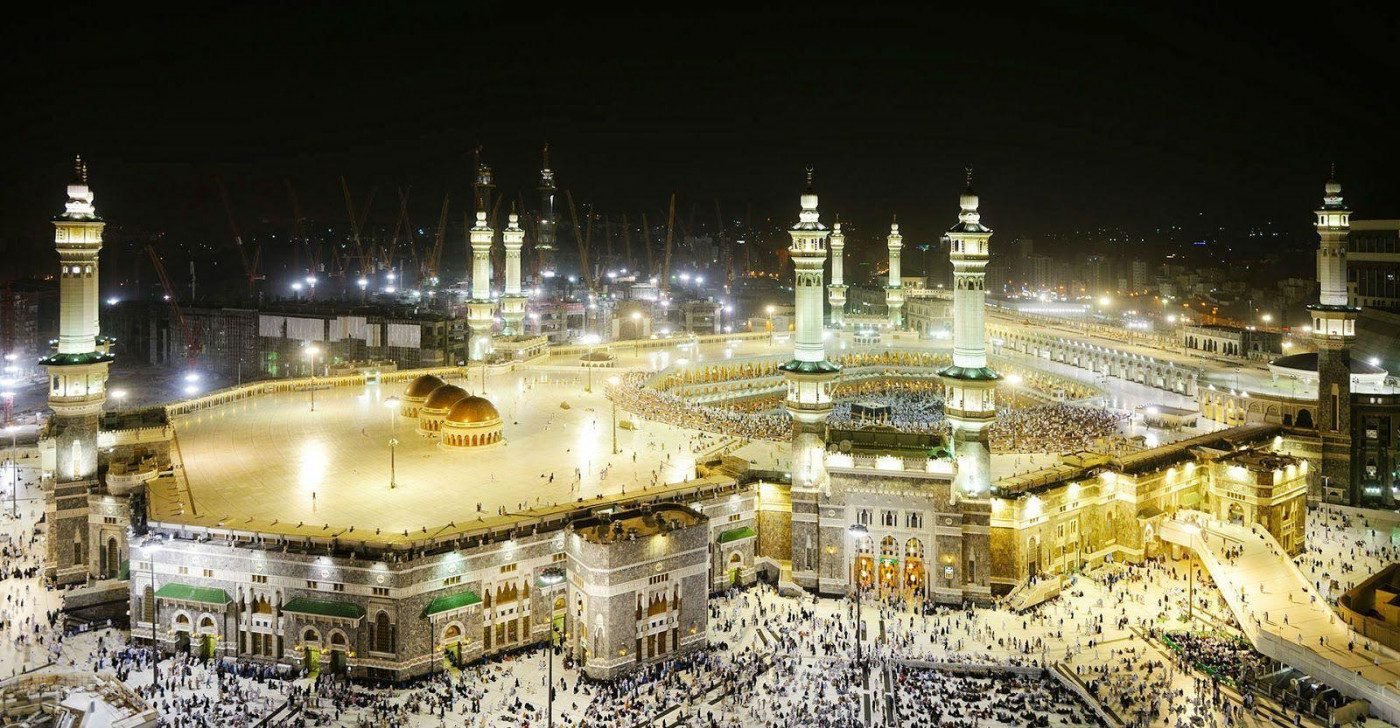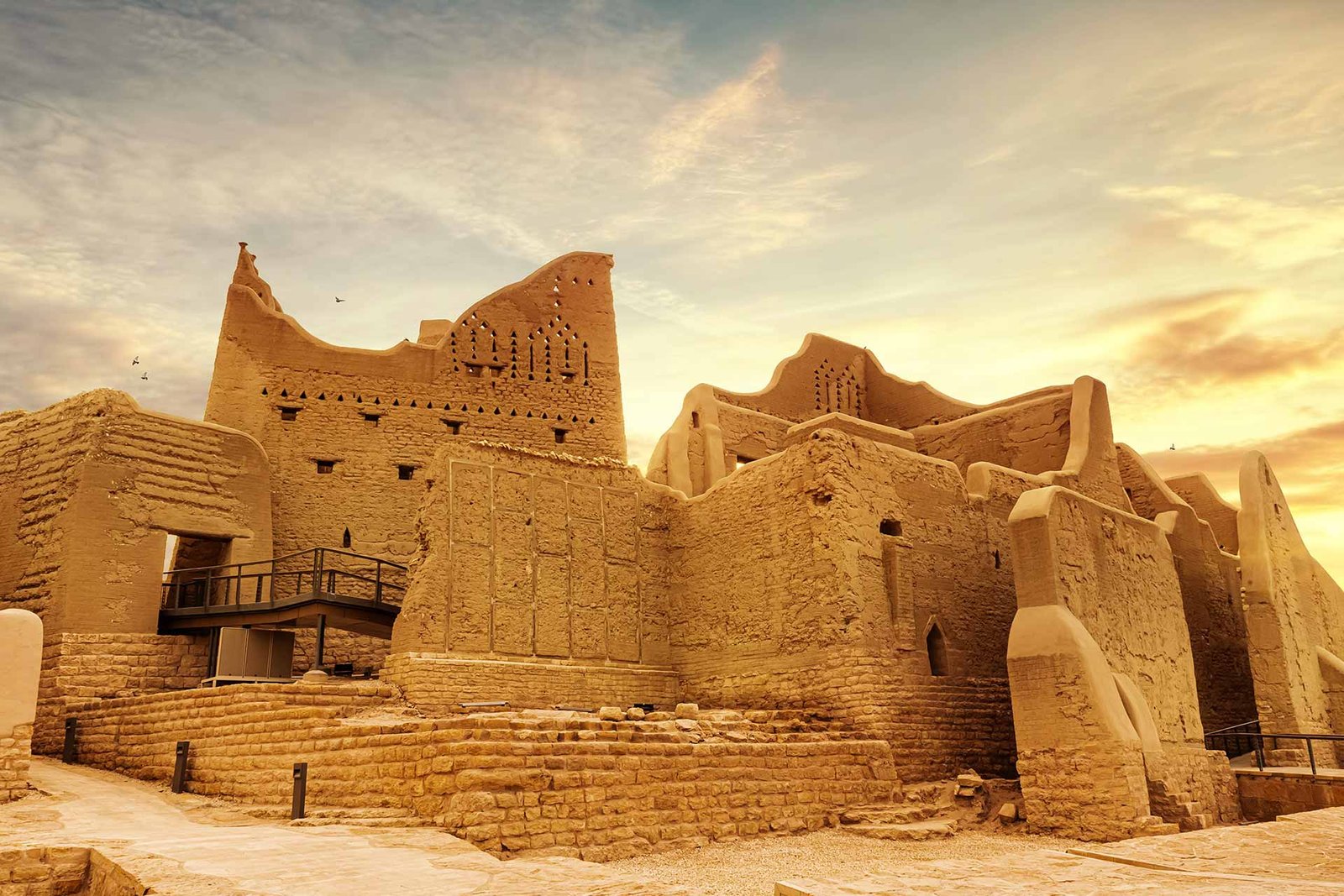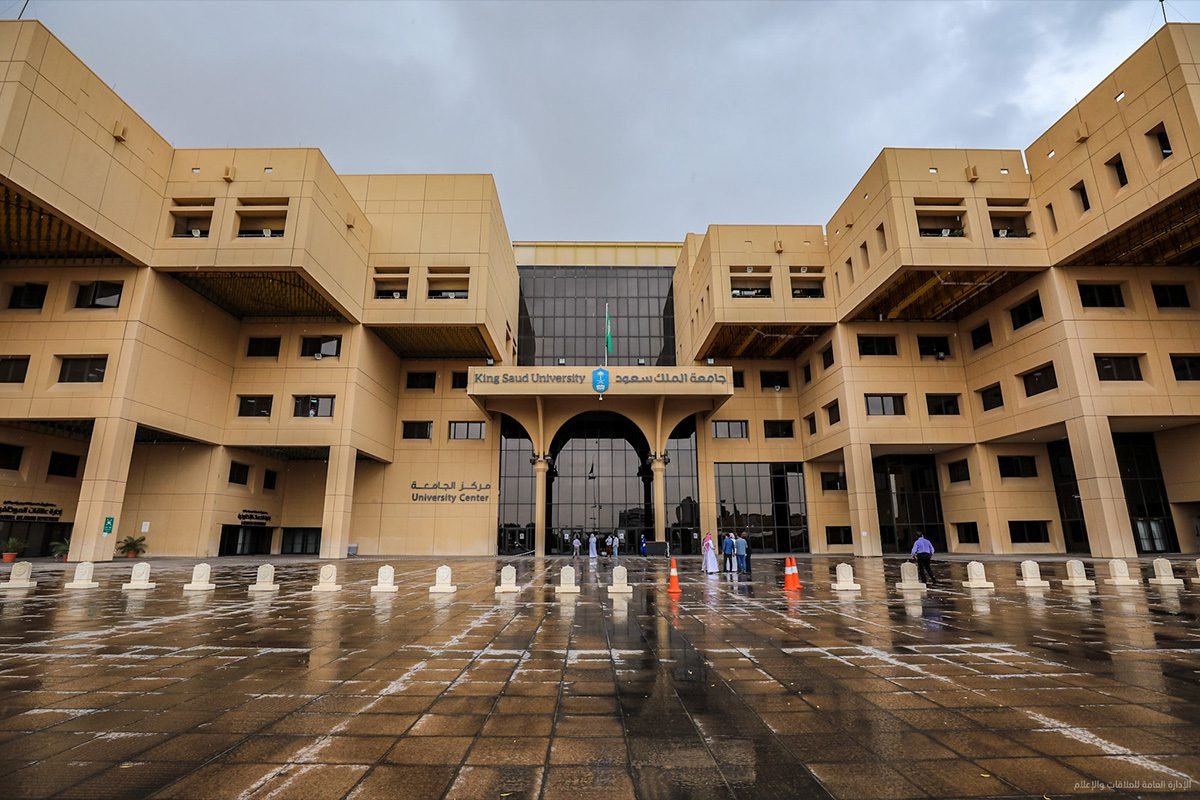Riyadh, 24 September 2023 (TDI): The Kingdom of Saudi Arabia annually celebrates its National Day on September 23rd, commemorating the unification of the Kingdom and its founding by His Majesty King Abdul Aziz bin Abdul Rahman Al Saud in 1932.
This significant day witnessed lively celebrations throughout the country, with the capital city of Riyadh being a focal point for festivities.
Pakistan, like many other nations, may indeed send its best wishes and greetings to Saudi Arabia on this special day. Diplomatic relations and friendly gestures between countries are an important aspect of international diplomacy and cooperation.
In Riyadh, the most prominent celebrations take place, featuring spectacular aerial displays as airplanes soar across the sky, capturing the attention of onlookers gathered in the streets, proudly waving the national flag.
The cityscape is transformed as buildings are adorned in the vibrant green of the Saudi National flag.
The celebrations encompass a diverse range of activities and experiences. Traditional folk festivals draw large crowds, while shoppers flock to malls to seize special deals offered on this occasion.
Families come together to savor traditional dishes such as Kabsa, a delightful combination of chicken, pine nuts, raisins, and rice.
This year, the chosen theme for Saudi National Day is ‘We Dream and We Achieve,’ underscoring the nation’s relentless pursuit of its dreams and accomplishments since its inception.
The official National Day website reinforces this spirit, urging everyone to celebrate their achievements.
One of the highlights of the celebrations is the grand fireworks display scheduled at the Jeddah Promenade, set to begin at 9 p.m. This mesmerizing spectacle was visible from various parts of the Red Sea city, adding a touch of magic to the festivities.
The Jeddah Promenade also hosts a lineup of exciting events, including the Royal Guard march, showcasing their skills through parades, music, cavalry shows, and processions.
The Royal Saudi Air Force contributed to the celebrations with exhilarating air shows featuring various aircraft, including the Typhoon, F-15S, Tornado, and F-15, media reported.
These thrilling displays captivate audiences in 13 cities across the kingdom, including Riyadh, Jeddah, Dhahran, Dammam, Al-Jawf, Al-Ahsa, Taif, Al-Baha, Tabuk, Abha, Khamis Mushait, and Al-Khobar.

Additionally, the Saudi Falcons Aerobatic Team graced the skies of multiple cities with breathtaking aerial performances, further enhancing the joy and excitement of Saudi National Day celebrations.
Covering a vast expanse, the Kingdom of Saudi Arabia dominates 80 percent of the Arabian Peninsula.
However, the precise dimensions of the country remain uncertain due to undefined boundaries with neighboring nations such as the United Arab Emirates (UAE), Oman, and the Republic of Yemen.
Remarkably, less than 1 percent of this extensive territory is suitable for agricultural purposes.
Also Read: Malaysia commemorates 66th Independence Day
Saudi Arabia’s culture is a rich tapestry influenced by its Islamic heritage, historical significance as a trade hub, and deeply rooted Bedouin traditions.
Islamic teachings and Arab customs form the bedrock of Saudi traditions, instilled in individuals from a young age within families and schools.
Two major annual highlights in the Saudi calendar are the holy month of Ramadan and the Hajj pilgrimage season, followed by national holidays.
During Ramadan, Muslims fast from dawn to dusk, culminating in Eid-Al-Fitr, marked by gift-giving, new clothes for children, and visits to friends and family.
The Hajj season sees millions of Muslim pilgrims converging on Makkah, culminating in Eid Al-Adha, where families traditionally sacrifice sheep to commemorate Abraham’s willingness to sacrifice his son.

Arab traditions, characterized by generosity and hospitality, are deeply embedded in Saudi life. Offering coffee is a customary gesture of hospitality, and its preparation is a complex cultural ritual. Incense (oud) is also burned to welcome guests.
Preserving historical heritage is a priority in Saudi Arabia, with numerous restoration projects aimed at safeguarding architectural treasures.
The Department of Museums and Antiquities oversees these efforts, cataloging and preserving historic sites, while the Supreme Commission for Tourism manages many of them.
Notably, Dariyah, the ancestral home of the Al-Saud family, has undergone significant restoration. Other projects include restoring ancient sites like Fau, Madain Saleh, Al-Ula, Tayma, Duma, and the Darb Zubaydah pilgrimage route to Makkah.

The birthplace of Islam, Saudi Arabia prioritizes the preservation of Islamic archaeological heritage, including the restoration of mosques like the Holy Mosque in Makkah and the Prophet’s Mosque in Madinah.
The government is also committed to preserving cultural heritage by restoring historic neighborhoods in Riyadh and cities like Jeddah and Hail.
Traditional Saudi architecture, influenced by climate, geography, and resources, now inspires contemporary architects, blending tradition with modernity.
Examples include King Saud University and King Khalid International Airport.
Various institutions promote Saudi Arabia’s cultural heritage. The Department of Culture sponsors a range of programs, from literary and drama clubs to arts and crafts.
The Saudi Arabian Society for Culture and Arts supports artists and houses cultural centers.

Saudi Arabia boasts museums in each of its 13 provinces, including the National Museum in Riyadh, and private museums like the Humane Heritage Museum in Jeddah.
Folk music, influenced by Bedouin nomads and global pilgrims, varies regionally. Traditional dances like the Ardha, a men’s sword dance, are cherished.
Poetry, a revered art form in Arab culture, continues to thrive in Saudi Arabia, with gatherings and televised poetry competitions showcasing its significance.
Saudis have a preference for traditional clothing over Western styles due to its practicality in the hot, windy climate and alignment with the Islamic principles of modesty.
Men typically wear an ankle-length wool or cotton shirt called a “thawb.”On their heads, they don a large square of cotton known as a “ghutra,” which is folded diagonally over a skullcap (kufiyyah) and secured with a cord circlet called an “igaal.”
The ensemble is completed with a full-length outer cloak made of wool or camel hair, known as a “bisht.
Saudi women often wear a black outer cloak called an “abaya” over modern-style dresses. They traditionally wear a “shayla,” a black, gauzy scarf wrapped around the head and secured with circlets, hats, or jewelry.
Over the years, Saudi society has undergone substantial development, adapting its values, customs, hospitality, and even clothing styles to modern times.
Iffat Masood is Contributor and Content writer on THE DIPLOMATIC INSIGHT, and also Ambassador from IAMCR. She is perusing her PhD. from UAB Barcelona, Spain in Audio-Video Communications and Advertising.



